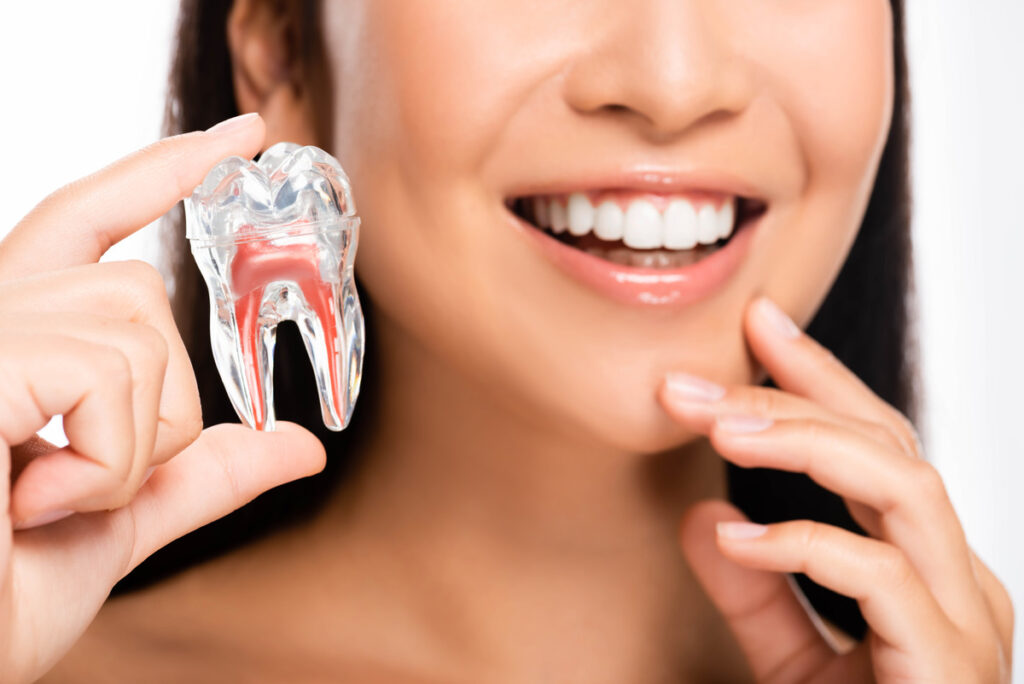It’s sometimes surprising how little we know about our own teeth. Sure, we probably know what molars are, but do we know what they do? How many molars do we have? And for parents, do we know when they’ll start coming in for our children?
No matter what, it’s important to have a basic understanding of molar emergence, whether you’re trying to properly care for children’s teeth or your own.
The Basics of Molars
Primary Baby Molars
Baby molars, or primary molars, are the first set of molars that appear in a child’s mouth. These molars don’t actually show up at birth. Children typically have 20 primary teeth, of which eight are molars.
These molars are located in the back of the mouth, four on the top arch and four on the bottom. They usually start to break through the gums between the ages of 12 and 33 months, and they play an essential role in childrens’ ability to chew food and speak clearly.
Permanent Adult Molars
Once the primary teeth have done their duty, they make way for the permanent set. An adult mouth will boast 32 teeth, including 12 molars—three on each side of both the upper and lower jaws. These include two sets of molars that erupt during childhood and adolescence, known as the “six-year molars” and “twelve-year molars,” and a third set, often called “wisdom teeth,” that typically come in from late adolescence to our early twenties.
The leap from primary to adult molars introduces extra molars—the permanent set includes an additional molar behind the primary teeth’s location. These extra molars ensure that adults have the chewing power needed for harder food and complicated diets.
Recognizing Molar Emergence
In Children
The telltale signs of molar emergence in toddlers can range from obvious to the subtle. Keep an eye out for symptoms such as:
- Teething discomfort: This universal sign of new teeth can manifest as gums that are tender and swollen.
- Irritability: With teething can come moodiness and an overall increase in fussiness.
- Changes in eating habits: The discomfort of molar eruption can lead to a temporary disinterest in food.
In Adults
Adults expecting their wisdom teeth or experiencing a late molar eruption might notice:
- Jaw pain or discomfort: New molars pushing through can cause significant discomfort around the jaw.
- Difficulty chewing or a sudden change in bite: You might find it unexpectedly uncomfortable to chew, or feel like your bite has changed overnight.
- Sensitivity to temperature: New molars can heighten sensitivity to hot and cold foods or beverages.
Easing Molar Eruption Discomfort
Whether you’re caring for a teething toddler or navigating adult molar eruption, there are several ways to manage discomfort:
- Over-the-counter pain relievers: Always consult with a pediatrician or dentist, but these can offer relief for both children and adults.
- Gentle dental care: Soft toothbrushes and soothing gels can ease gum irritation.
- Professional advice: Persistent or severe pain should prompt a visit to your dentist.
Navigating Teeth with Manti Family Dental
Teething and molar eruption are a normal part of dental development, but that doesn’t make them easy. Understanding how many molars we have is only the tip of the iceberg. Armed with the right information and a little preparation, however, you can help manage the discomfort and celebrate each milestone in your child’s (or your own!) dental health.
Looking for more personalized guidance on managing molars or oral health? Contact Manti Family Dental—we’re here to support your dental health every step of the way.


